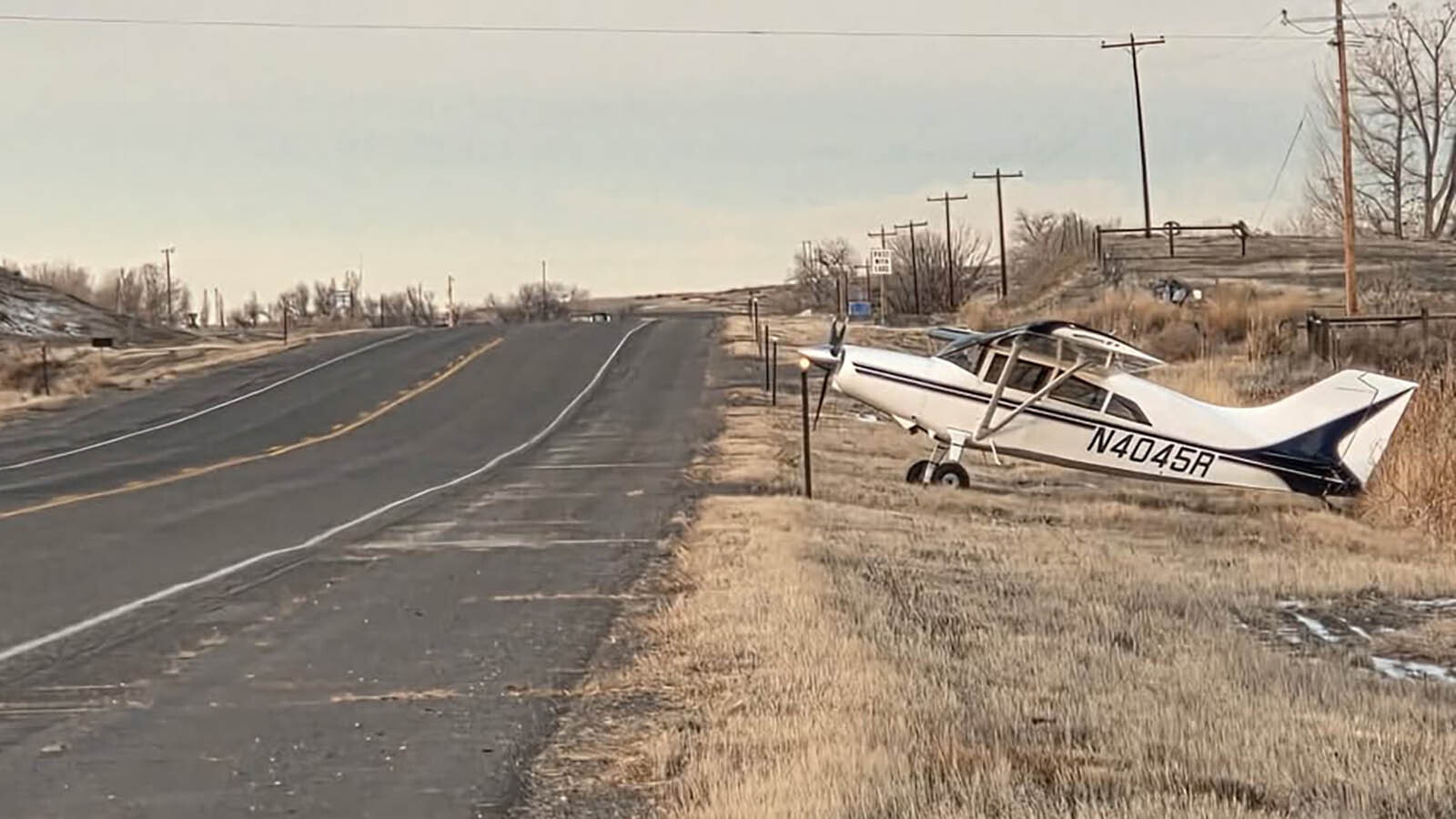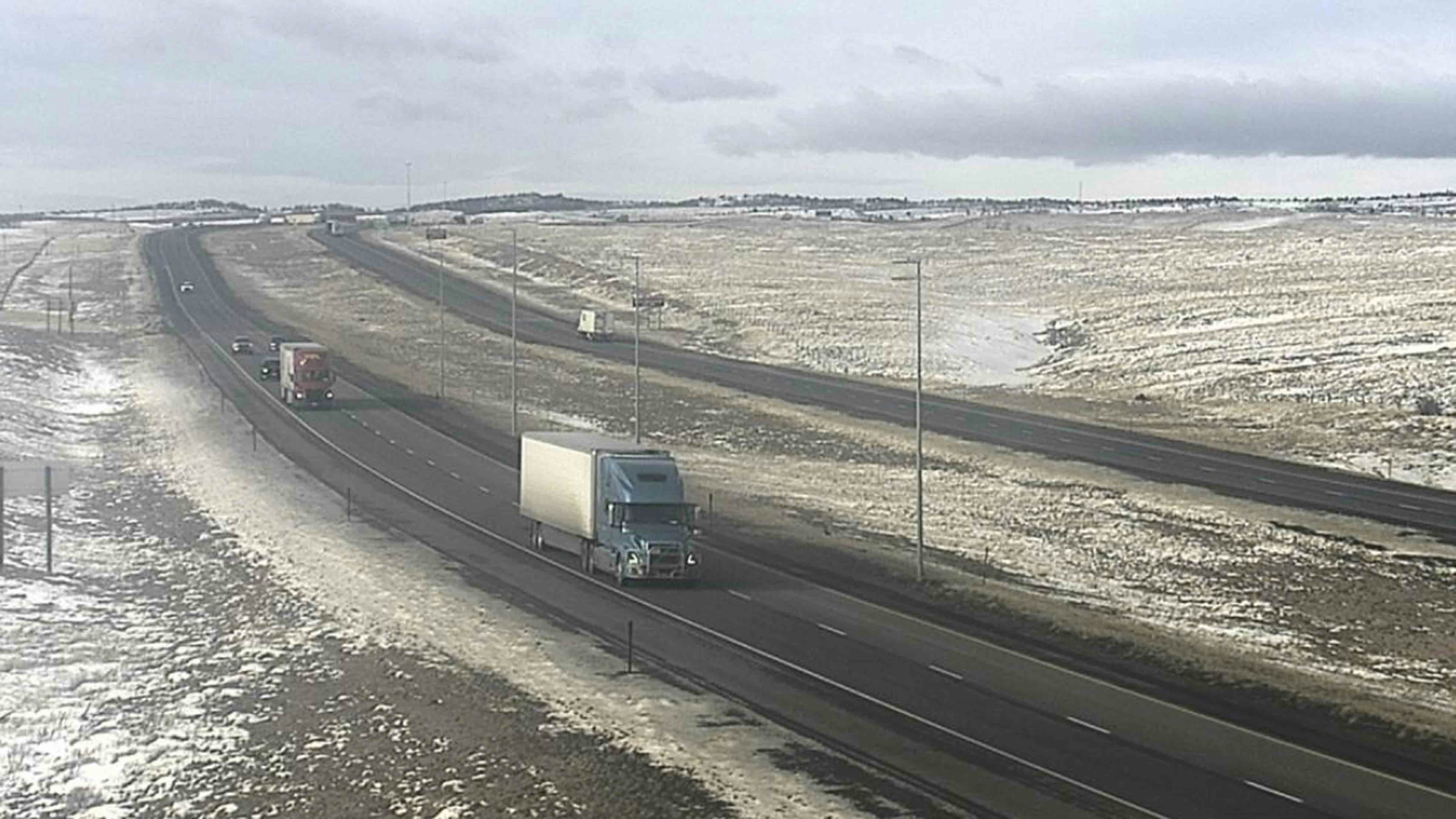There’s a good chance Wyoming will see the Northern Lights on Tuesday evening. The National Ocean and Atmospheric Administration’s (NOAA’s) Space Weather Prediction Center is monitoring activity from the latest surge of solar energy lighting up the night skies this week.
Several coronal mass ejections (CMEs) emanated from the sun over the last week. When these CMEs reach Earth and interact with its atmosphere, they manifest as aurora borealis, also known as the Northern Lights.
Max Gilbraith, planetarium coordinator at the University of Wyoming, said Wyomingites have a “strong potential” to see the Northern Lights over the next week. It might not be the best show this year, but it is always worthwhile.
“There are multiple reports of an exciting aurora forecast through Wednesday night,” he said.
Strong Southern Surge
NOAA anticipates a G2 geomagnetic storm will be visible across the northern U.S. and Canada between April 21 and 23. That’s “Moderate” by NOAA’s scale, but the intensity and visibility of the aurora could increase once it reaches Earth.
“An Earth-directed CME can reach the planet in as little as 15 to 18 hours,” Gilbraith said. “Slower ones will take a few days to get to us. It takes really advanced modeling to see how they’ll behave once they reach Earth’s atmosphere.”
CMEs originate from sunspots. There is a maximum period when the sun is covered with sunspots, generating massive CMEs, and a minimum period with very few, if any, sunspots.
Solar maximum is when Wyoming has the best chance of seeing CMEs manifest as auroras in the night sky. Gilbraith said the timing of the latest CMEs is excellent, as the Earth is in the perfect position to intercept the solar energy as it hurtles through space.
“The further north you are, the more often you see aurora,” he said. “But with these kinds of magnetic geomagnetic storms, that's when we begin to talk about seeing them in the mid-latitudes here, which is exciting for us. We'll be at that kind of sweet spot.”
Because of our planet’s position, Gilbraith said the aurora might be stronger and more visible in southern Wyoming than northern Wyoming.
“The storm is pushing into the area where we expect activity to occur at a lower latitude,” he said. “The forecast indicates that if you’re in the north, towards the Canadian border, you’ll be directly under it. As you get further south, you’ll see it at an angle which improves the viewing.”
The entire state of Wyoming is in the field of view for this aurora, but southern Wyoming will probably get the best views Tuesday night.
“We are looking at strong potential for southern Wyoming and moderate potential for the rest of the state to see Aurora through Wednesday night,” Gilbraith said.
Maximizing The Maximum
On Oct.15, 2024, NOAA, NASA, and the International Solar Cycle Prediction Panel announced that the sun had reached the peak of its solar maximum. Increased solar activity is expected to continue for another year and possibly longer, but it will decline as the years progress.
Retired Wyoming State Climatologist Jan Curtis told Cowboy State Daily that the sun goes through an 11-year cycle between maximum and minimum. The latest maximum may have peaked six months ago, but that doesn’t mean the sun’s stopped actively emitting CMEs.
“The sun goes through periods where it's a bit quieter over an 11-to-22-year cycle and other years where it's a lot more active,” he said in October 2024. “The auroras are the best they’ve been for at least a generation, and everybody (in Wyoming) should take advantage of the next year or two for potential auroras at our latitude.”
Based on historical statistics, Curtis said the biggest CMEs usually occur a year or two after the solar maximum. Since we’ve already reached and passed solar maximum, that’s a promising analysis for stargazers in the Cowboy State.
“I'm optimistic that we will see more and possibly better opportunities for northern lights photography at our latitude,” he said. “There's going to be quite a number of opportunities to photograph the Northern Lights.”
Look North At The Magnetic Moment
Anyone who wants to see the Northern Lights must have their bearings about them when they step outside to see them. There’s a reason they’re called the Northern Lights.
“Aurora borealis means the northern dawn, so you definitely have to look north to see this one,” Gilbraith said.
Beyond that, conditions should be favorable for a good sighting. The moon will be less than 40% illuminated on Tuesday and Wednesday night, reducing the ambient light in the night sky.
NOAA recommends stepping outside between 11 p.m. Tuesday and 3 a.m. Wednesday to get the best view of the aurora. Gilbraith explains that the best viewing window generally corresponds with the “anti-solar point,” the time of night when we’re at our furthest point from the sun.
“Midnight is the anti-solar point,” he said. “That’s the magnetic moment when you’re closest to the aurora storm as it’s pushing down. It’s weird to think about, but the aurora is static inside the Earth’s magnetic field. We rotate through it, so we’ll be closest to it at midnight.”
Many people will step outside at midnight and not know what they’re looking at. Aurora photos can be spectacular, but that’s not necessarily how they appear to the naked eye.
Gilbraith’s advice is to make sure your phone is charged so you can take it outside with you. It’s better at seeing the Northern Lights than the naked eye and is a great way to see more than what appears.
“Take a photo in night mode with a three- to five-second exposure,” he said. “If you’re really still, the aurora and its colors will start to pop.”
There’s a good chance that more CMEs will bombard Earth with their energy in the coming months, but there’s no way of knowing when or where to see auroras until a few days before they arrive. Now that we’ve entered what’s been the best period for several spectacular auroras, every opportunity is a good one.
“We’ll be at the tail end of the solar maximum through the summer,” Gilbraith said. “When the sun’s shooting stuff off at 93 million miles away in space, we’re a pretty small target. But the sun’s been way more active than usual, and we’re in the perfect window this week.”
Andrew Rossi can be reached at arossi@cowboystatedaily.com.





